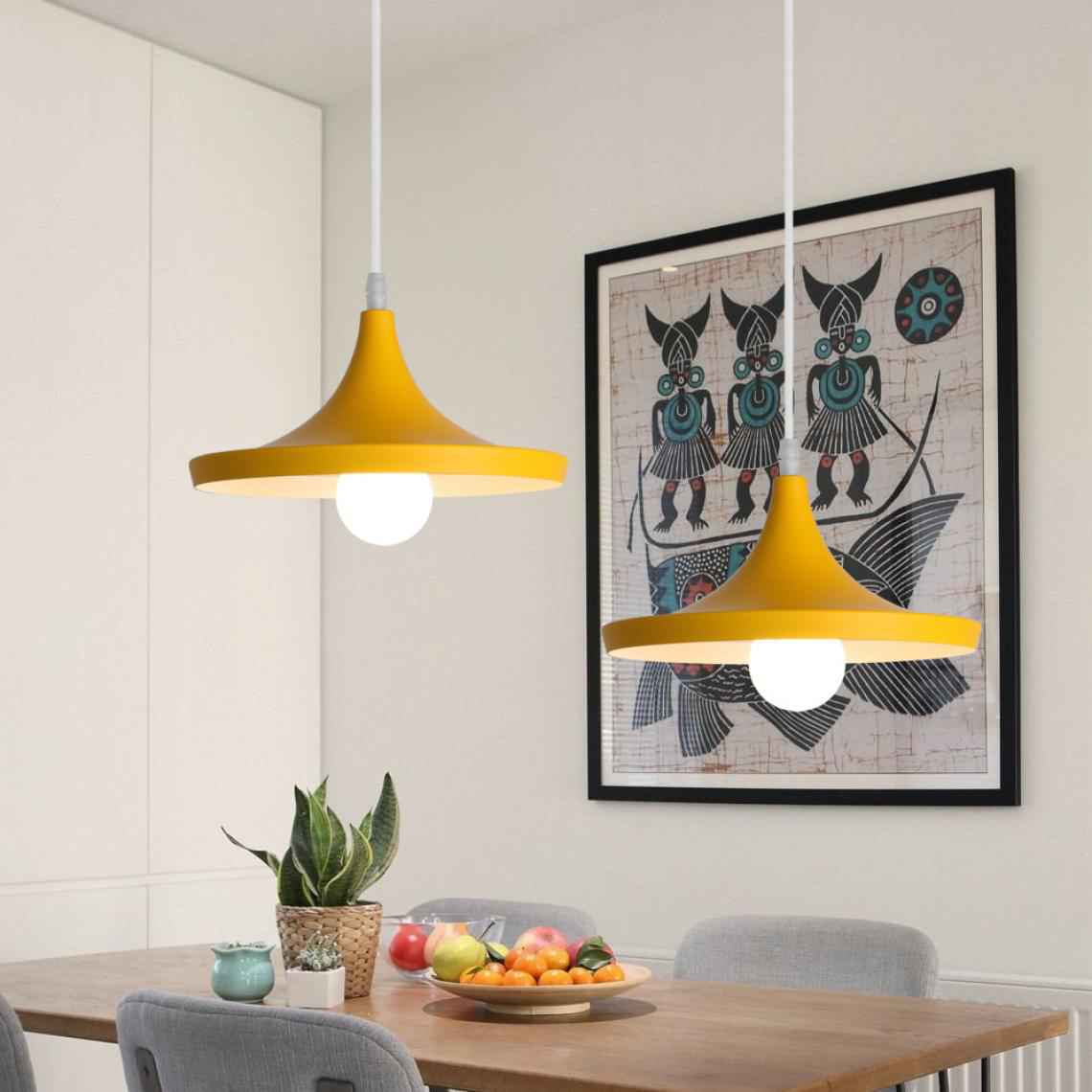
The chair rail is the most misunderstood and abused molding in new houses today. But it’s also one of the easiest and most important home design elements to install correctly.
Chair rail has two functions: protecting walls from scuffs and marks left by chairs and other furniture, and creating a separation between lower wall surfaces and the baseboard. It is commonly installed in breakfast nooks, living rooms, and dining areas but can be used in any room that will have furniture.
Today, chair rail is almost exclusively decorative but it was originally designed to protect walls from the sharp ends of furniture. It is hung at chair height, typically about 36 inches from the floor, and runs all around the perimeter of a room. It is also often paired with wainscoting, which adds a beautiful architectural detail to a space.
A chair rail, sometimes referred to as a dado rail, can be stained or painted to match the surrounding trim in a room or can be made of a different material such as wainscot or a paneled board. It is also available in a wide variety of shapes and sizes so that homeowners can choose the best style to suit their tastes and to fit the architecture of their homes.
When installing chair rail, it is important to use a stud finder and mark the wall where you want the molding to be placed. You can then use a miter saw to cut the chair rail to size. When using a wider rail, you may need to use a scarf joint to join it with the adjacent wall’s casing. It’s also a good idea to use a drywall knife to smooth the joints where chair rail meets baseboard and crown molding.
It is recommended that you choose a chair rail that is at least four inches wide, but no more than seven. This will keep the look from being too busy and make the space feel comfortable and inviting. The width of a chair rail can also be determined by the ceiling’s height. For example, a room with an eight foot ceiling should have a chair rail that is no more than six inches wide.
Many people get confused about the differences between chair rail and wainscoting. While they both serve a decorative purpose, the similarities end there. Wainscoting is a lower section of wall that covers a larger area than the baseboard. It is usually a darker color and can be trimmed out with a beadboard or paneling for a more refined look.
Chair rail divides the space into two sections that can be painted different colors or covered with a wallpaper. This allows homeowners to have a more subtle, elegant design than just a solid color throughout the entire wall. It’s a great way to add some contrast and flair to a room, especially in a home office where you want to maintain a professional atmosphere.

